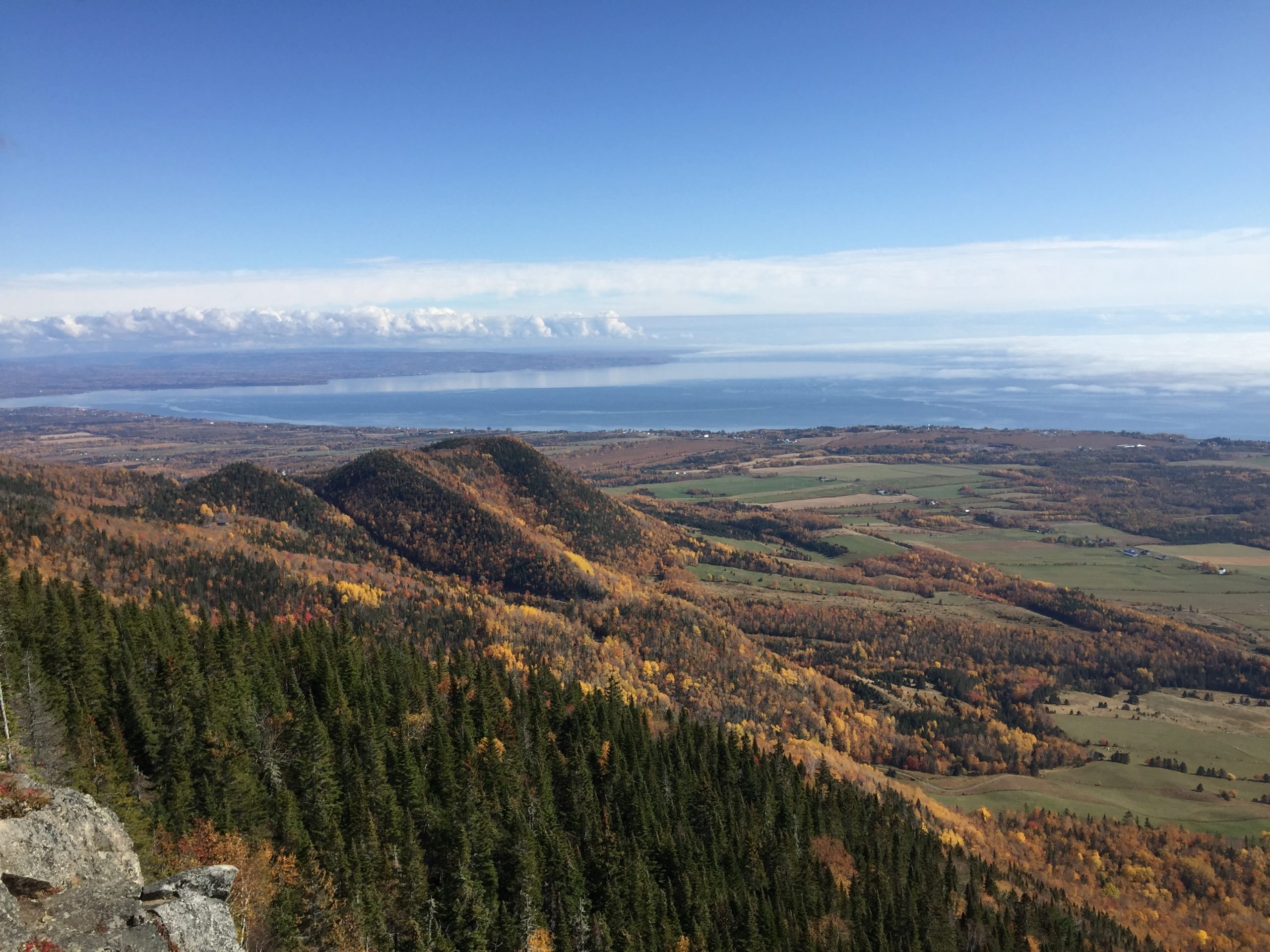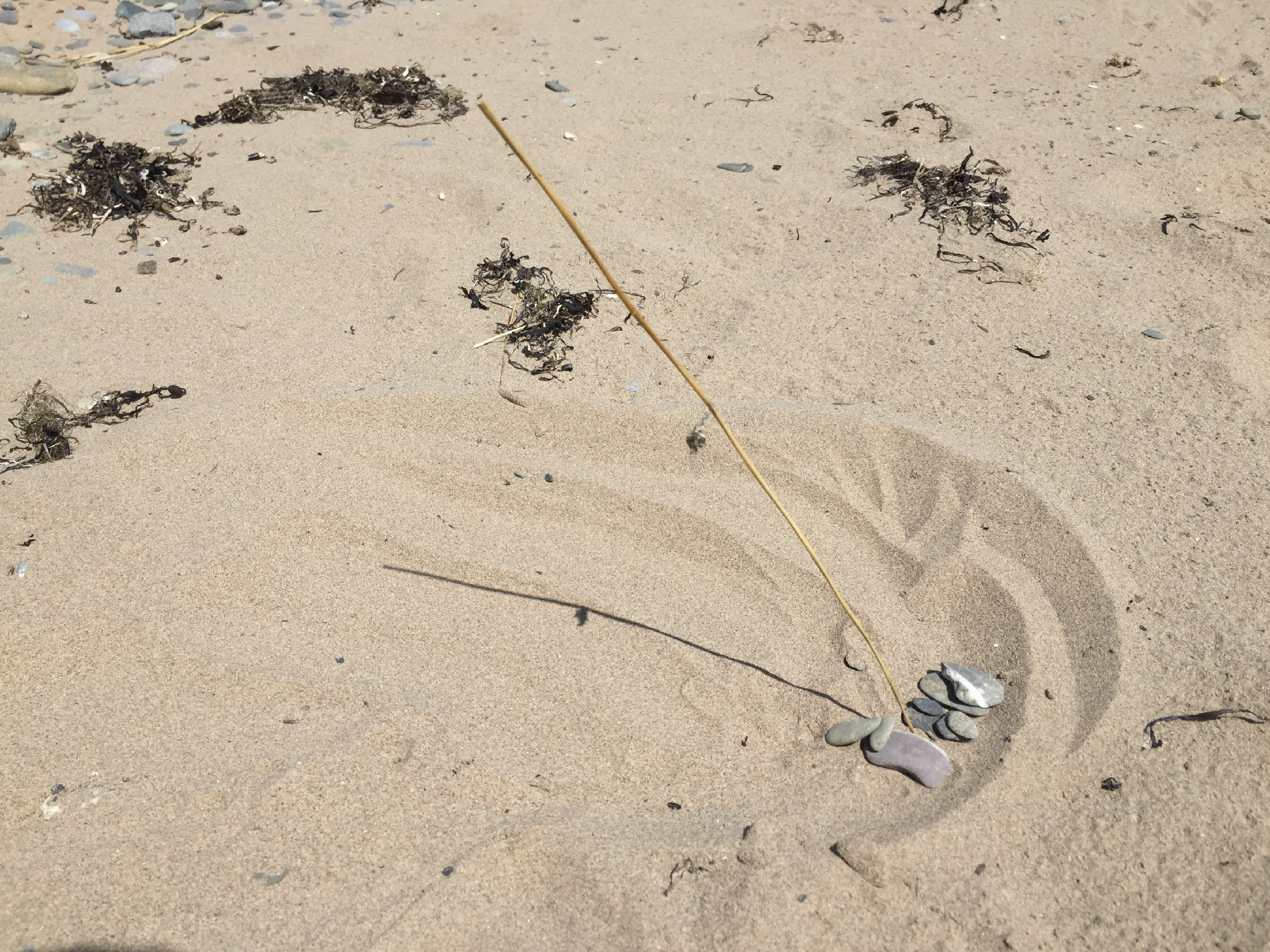Depending on where it takes place, along with its political, social or environmental context, walking can take on a different meaning. Why do we walk? Out of obligation, for pleasure, to feel the world? The body through its senses, i.e. sight, hearing, touch, smell, taste, and movement, perceives sounds, images, smells, elements, situations, energies.Can walking reveal more? Can it question, transform, enrich a creative process? The Vaste et Vague Artist Center invites artists to explore these numerous questions through a tandem walk—at a distance.For the occasion, eight artists from Quebec will be paired with eight Prespa participants from abroad; thus, a total of sixteen artists will enter into dialogue. Our approach is nondirective, inviting each of the pairs to find and address their own question. A free, online version of the I Ching, a traditional game in which players are randomly presented with philosophical thoughts, will be used to open the dialogue.This is an invitation to explore site-specific in dialogue live.
Related
Crypsis
Join us on a spring time walk through Cincinnati’s Eden Park for a new adaptation of ancient mythology, where you choose which story to experience. Persephone and Inanna are both gods who returned from the underworld: one seeking reunion, the other in pursuit of revenge. In Crypsis you accompany a narrator, picking which path to





Dear Sophie, I was very taken by your presentation last night and would like to follow up. There are many similarities and shared concerns. Unfortunately I could not attend your walking event, due to work commitments. Not sure how to pursue an online encounter. Having lived for several years within a community whose cosmology perceives nature as kin, I would be interested – in the first instance – to what extent the visceral experience of cohabiting a place embraced by different narratives/forms of sense making has guided your thinking and relationship to place? As I listened to you I also thought of the work by anthropologist Erik Mueggler who has been pursuing similar questions albeit in the context of the Yi and the Nahki people in Western China. I look forward to hearing from you. Petra Johnson. PS This is a link to a publication on the work of Lijiang Studio by Stephanie Lu, a curator I worked with, on Hong Kong University Website https://ecoartasia.net/LJS/LJS_eng.html
And Lenke knows more about my work, she attended my remote talk at the Prespa conference. Thanks for your presentation. Petra